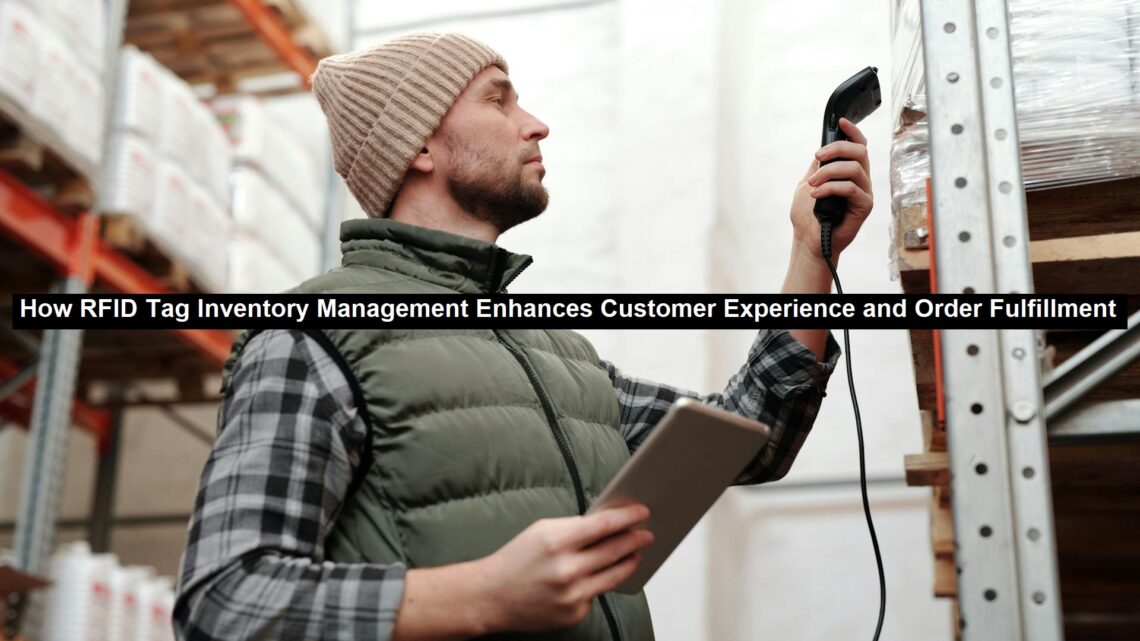How RFID Tag Inventory Management Enhances Customer Experience and Order Fulfillment
February 3, 2025Why RFID Tag Inventory Management Matters
RFID tag inventory management is changing the way businesses handle stock, offering real-time insights that traditional methods simply can’t match.
Imagine running an e-commerce warehouse where thousands of orders need to be shipped daily. A single misplaced item can delay an entire shipment, leading to frustrated customers and lost revenue. This is where RFID technology steps in, ensuring smooth operations with pinpoint accuracy.
Unlike barcodes, which require line-of-sight scanning, RFID tags communicate wirelessly, making inventory tracking seamless. Warehouses, retail stores, and even hospitals are leveraging RFID to improve efficiency and customer satisfaction.
Read: 8 Exciting New JavaScript Concepts You Need to Know
How RFID Eliminates Inventory Headaches
Before RFID, inventory tracking was a slow, manual process riddled with errors. Misplaced items, stock discrepancies, and lengthy audits made it difficult to maintain accurate records. With RFID, companies can automate tracking, reducing errors and improving operational efficiency.
RFID tags store and transmit data via radio waves, allowing multiple items to be scanned at once. A warehouse manager can check inventory levels instantly without manually scanning each product. This speed translates into better stock accuracy and fewer delays in order fulfillment.
RFID tag inventory management eliminates out-of-stock surprises by providing real-time data. When stock levels dip below a set threshold, automated alerts trigger restocking, preventing sales losses. Retailers can ensure shelves are stocked, while logistics teams can optimize delivery schedules.
Faster Order Fulfillment Means Happier Customers
Customers expect fast and accurate deliveries. With RFID, businesses can meet these expectations by improving picking and packing efficiency. Automated tracking ensures the right product reaches the right customer, reducing returns and complaints.
For example, a fashion retailer using RFID tags saw order errors drop by 60%. By scanning items at multiple checkpoints—from storage to shipping—they eliminated mix-ups and sped up dispatch times. This level of precision keeps customers happy and encourages repeat business.
RFID Enhances In-Store Shopping Experiences
In retail, RFID is transforming the customer experience. Smart fitting rooms use RFID to recognize products as customers try them on, displaying size and style recommendations on interactive screens. Stores can also enable self-checkout with RFID, reducing long queues and enhancing convenience.
Nike’s flagship stores utilize RFID to provide instant inventory checks. Shoppers scan a product tag with their phone to see if their size is available, bridging the gap between online and offline shopping. This seamless experience boosts sales while improving customer satisfaction.
The Future of Inventory Management with RFID
RFID technology is evolving, integrating with AI and IoT to create even smarter inventory systems. Retailers and warehouses are using predictive analytics to forecast demand and prevent stock shortages.
Imagine a grocery store where RFID sensors monitor perishable goods. When an item nears its expiration date, an automatic discount applies at checkout, reducing waste while maximizing sales. This kind of automation is shaping the future of retail and logistics.
Final Thoughts
RFID tag inventory management isn’t just about tracking stock—it’s about enhancing the customer journey. From reducing errors to improving delivery times, businesses that adopt RFID gain a competitive edge. As technology advances, the impact of RFID will only grow, making it an essential tool for modern inventory management.



